1. Glue printing
Advantages: wide range of applications, bright, high reduction, affordable, can be printed in various colors on a large area, strong coverage.
Disadvantages: It will stick to hot weather, it feels difficult.
Material: Suitable for printing various dark colors and materials.
2. Reflective printing
Advantages: reflective printed textiles have a powerful "eye-catching" effect under light-weight conditions. Because the wearer is in the case of interference, the safety clothing (or logo) made of this highly visible reflective material, or in a remote place, or under light or scattered light, can be easily found through the night drive Smoothly solve the problem of "seeing" and "seeing" at night.
Disadvantages: easy to break, unclear.
Material: Used for high-speed propaganda magazines, advertisements, posters, special uniforms, police uniforms and hygiene clothing.
3. Lightweight variable printing
Advantages: A variety of high-tech ultraviolet light is added to the dye to stimulate the Martian microcolloid, and the color will change immediately when exposed to ultraviolet light.
Disadvantages: easy to break, unclear.
Material: used for cultural shirts, children's clothing, posters, etc.
4. Thick plate printing
Advantages: A very neat three-dimensional effect can be achieved.
Disadvantages: relatively high cost.
Material: Suitable for all kinds of knitted fabrics.
What is the method of fabric printing? What are the advantages and disadvantages of various printing?
5. Plant printing
Advantages: soft hand feeling and good warmth retention. Using a specific method, wool is woven on the surface of the cloth.
Disadvantages: When the number of washing increases, it is easy to fall off, and there will be sticky hair.
Material: Suitable for all kinds of warm fabrics or trademarks.
6. Transfer printing
Advantages: fine pattern, rich in transparent layer, high artistic quality, strong three-dimensional impression, similar, ordinary printing method, and can print photography and painting style patterns; the printing color is bright, the tar in the dye remains on the transfer paper during the sublimation process , It will not pollute the fabric.
Disadvantage: The disadvantage is that it consumes a lot of transfer paper. After printing, it is washed with water, which consumes water and produces sewage.
Material: In addition to being suitable for synthetic fiber fabrics, transfer printing can also be used for printing natural fibers and blended fabrics.
7. Digital printing
Advantages: fast response speed, good proof effect, high customer approval rate, and wide use.
Disadvantages: slow printing speed and high ink prices.
Material: All kinds of gift boxes, all kinds of decorations are printed with patterns, photos, etc.
8. Penetration printing
Advantages: soft hand feel, widely used, patterns on both sides.
Disadvantage: The color is not too bright.
Material: Generally used for blanket printing.
9. Ink printing
Advantages: the pattern is clear, the color is bright, the hand feel is soft, and the pattern is more beautiful than glue printing.
Disadvantages: the price is more expensive than offset printing.
Material: The fabric must be loose and light.
10. Foam printing
Advantages: strong three-dimensional effect, prominent printing surface and swelling.
Disadvantages: The color fastness of printed parts is difficult to control.
Material: Widely used in cotton cloth, nylon cloth and other materials.
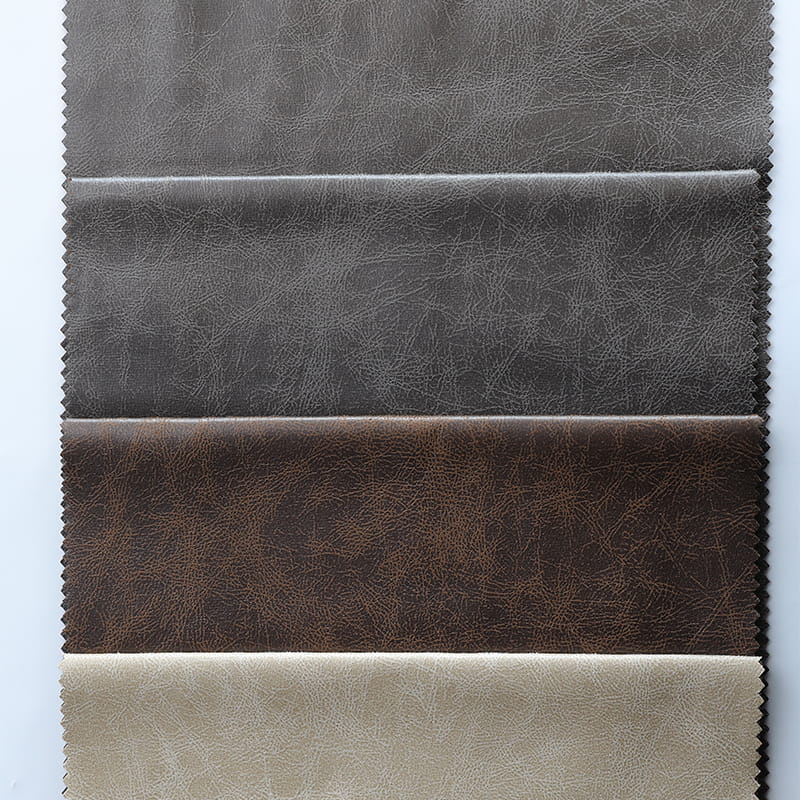
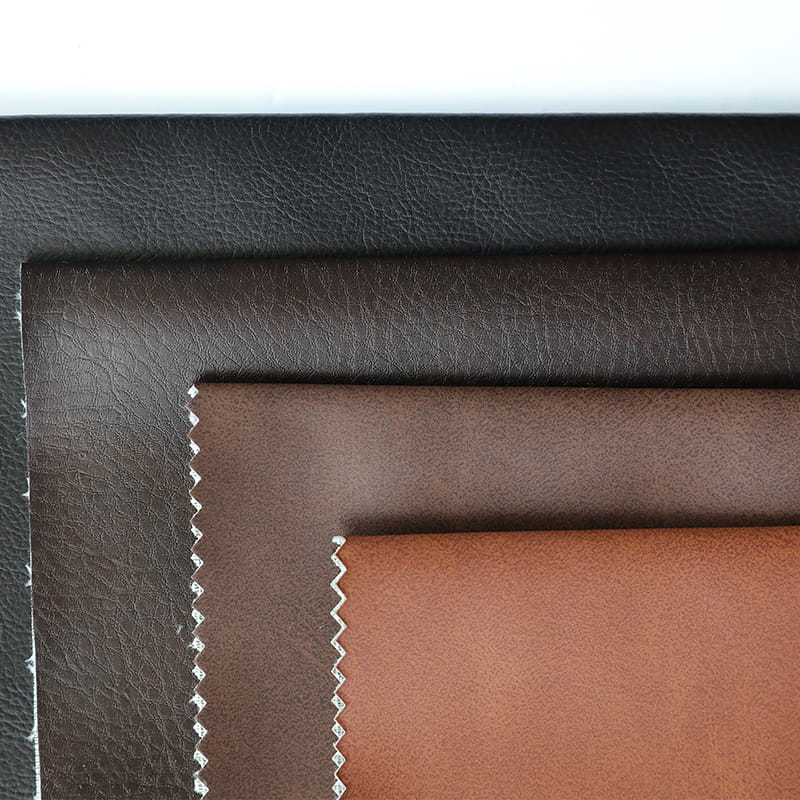
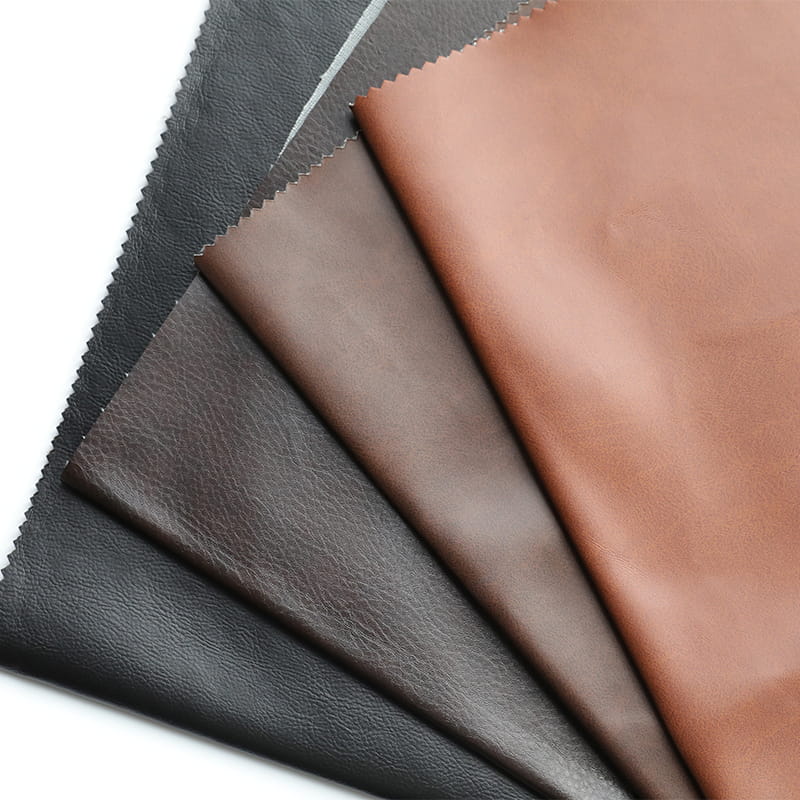
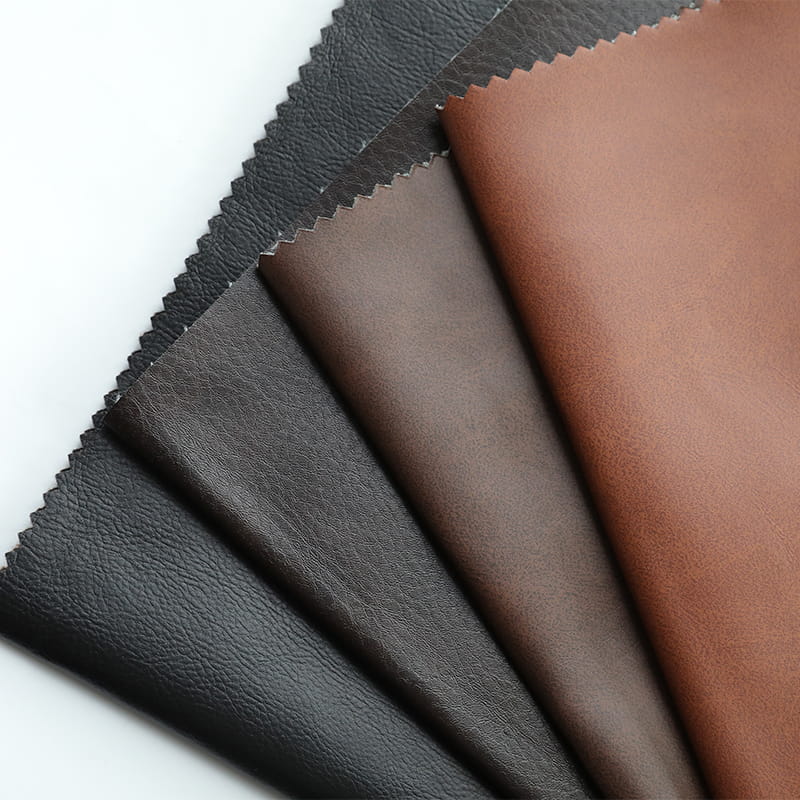
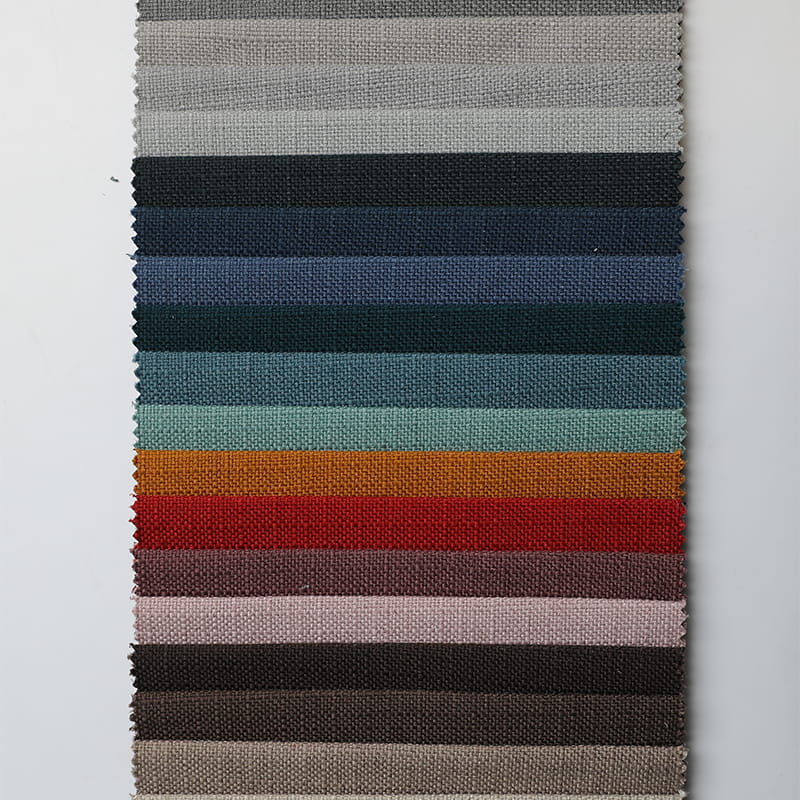
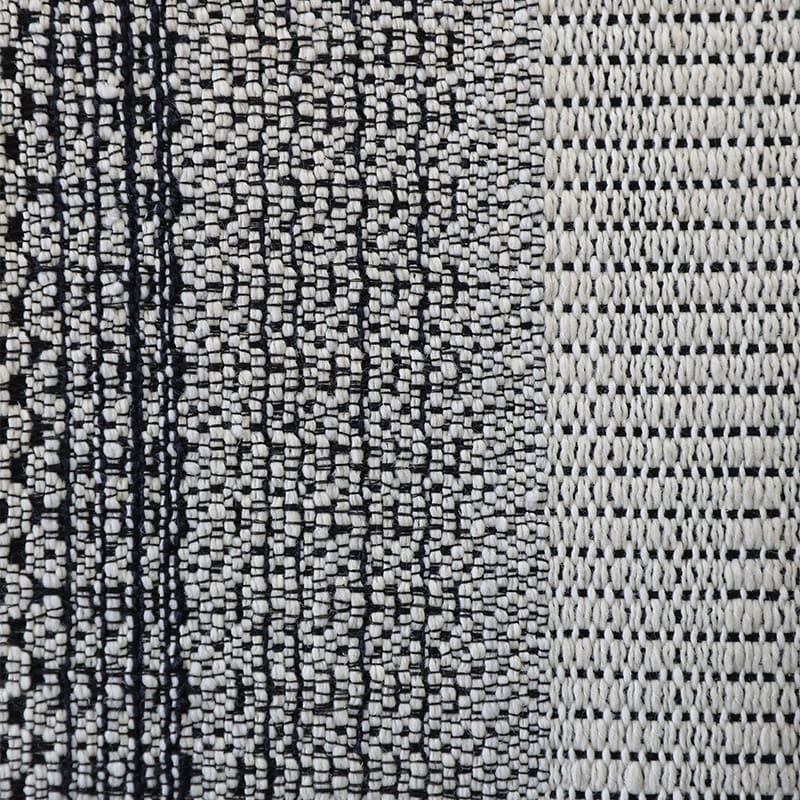


 English
English 简体中文
简体中文